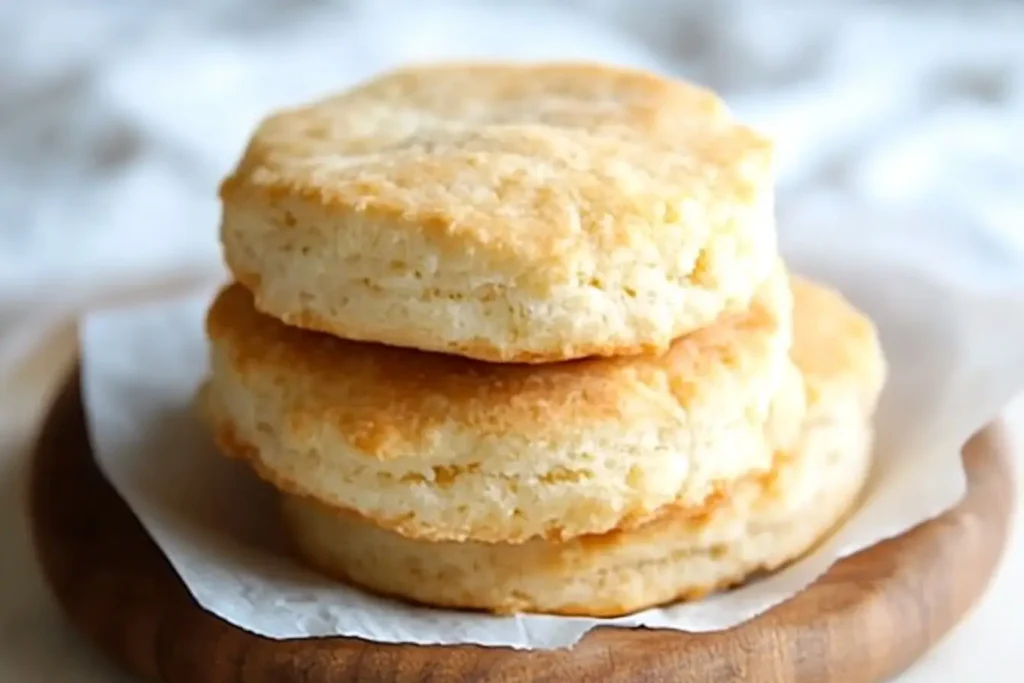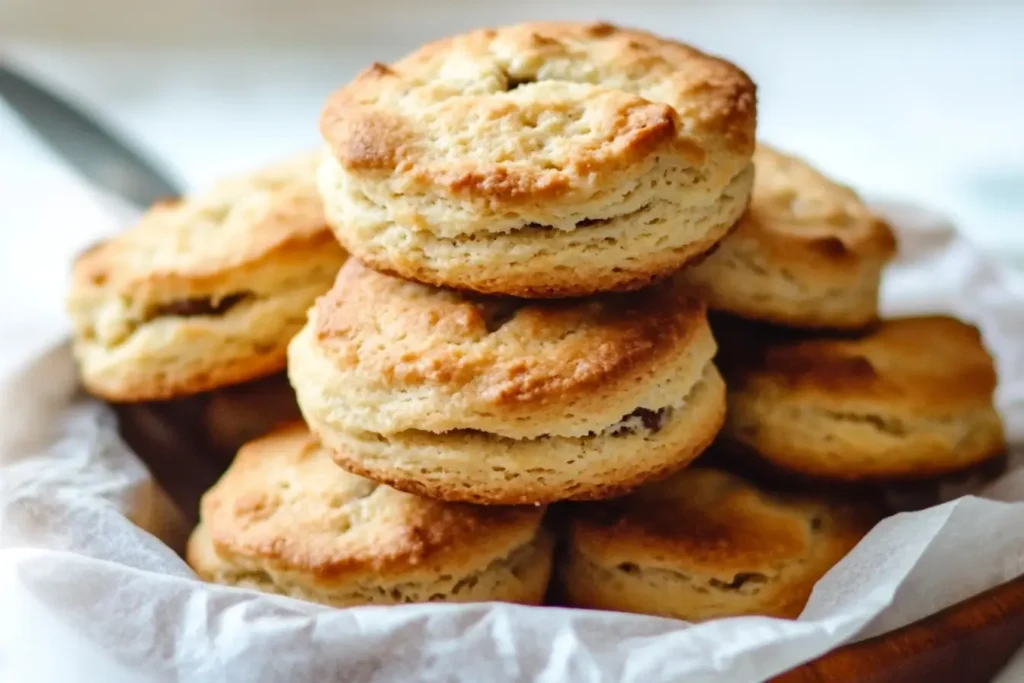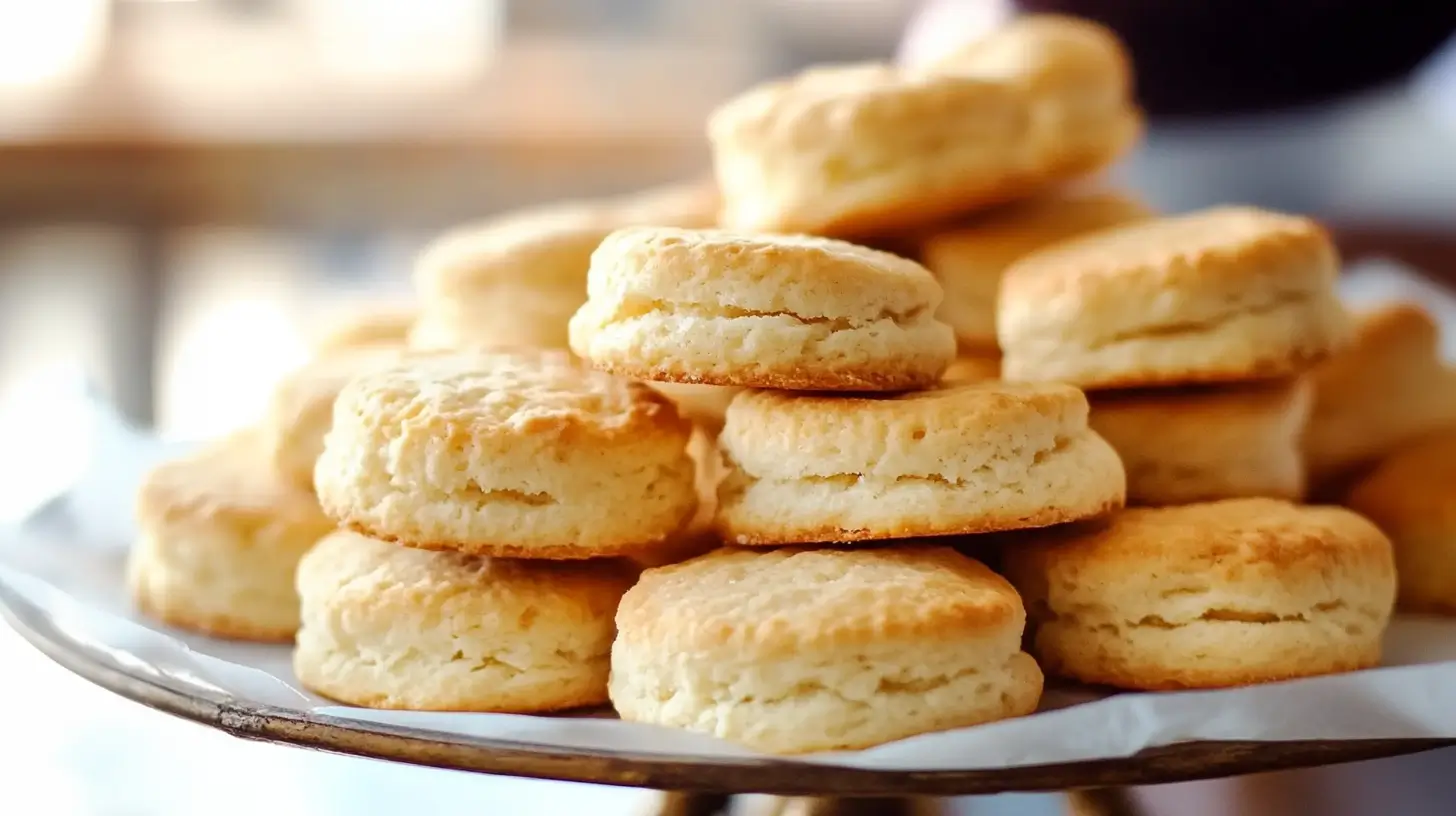Perfect Gluten Free Biscuit Recipe: Soft, Flaky, and Delicious
When you think of biscuits, you probably envision a warm, buttery, and flaky treat, the kind that melts in your mouth and pairs perfectly with morning coffee or a hearty dinner. But if you’re living gluten-free, you may have been left wondering if you can ever enjoy that same comfort again. Fortunately, with the right recipe, it’s possible to recreate those soft, flaky, and delicious biscuits without gluten—and you don’t have to sacrifice taste or texture.
If you’ve tried gluten-free biscuits before and ended up with something dense, dry, or crumbly, you’re not alone. Gluten-free baking can be tricky, but with a few simple tips and the right ingredients, you can make perfect gluten-free biscuits every time. In this guide, I’ll walk you through a step-by-step process, share tips for success, and provide helpful variations to customize the recipe to your liking.
Whether you’re gluten-sensitive, have celiac disease, or simply prefer to avoid gluten, this recipe is for you. Let’s get started on your journey to perfect gluten-free biscuits!
Why Choose a Gluten Free Biscuit Recipe?
There are many reasons why people turn to gluten-free recipes. Some need to follow a gluten-free diet due to health conditions like celiac disease or non-celiac gluten sensitivity, while others choose it for general well-being. Whatever your reason may be, it’s possible to enjoy all your favorite foods—including biscuits—while sticking to a gluten-free lifestyle.
The Benefits of Gluten-Free Biscuits
- Health Considerations: For those with celiac disease or gluten sensitivity, consuming gluten can lead to inflammation, digestive issues, and discomfort. Gluten-free recipes, like this biscuit recipe, allow you to indulge in comfort foods without the associated health risks.
- Indulgence Without Compromise: Many people believe that gluten-free foods can’t match the texture or flavor of traditional versions, but this recipe proves otherwise. With the right ingredients and technique, gluten-free biscuits can be just as soft, buttery, and flavorful as their gluten counterparts.
- Alternative Ingredients for Better Nutrition: A gluten-free diet often opens the door to using alternative flours and ingredients, such as almond flour or coconut flour, which can offer more nutritional value and fewer processed ingredients than refined wheat flour.

Essential Ingredients for Gluten Free Biscuit Recipe
When it comes to gluten-free baking, the ingredients you choose play a significant role in achieving the right texture and flavor. Using a combination of gluten-free flours and leavening agents ensures that your biscuits turn out light and fluffy, just as they should be.
Here’s a breakdown of the key ingredients in this recipe:
| Ingredient | Amount | Notes / Substitution Options |
|---|---|---|
| Gluten-Free Flour Blend | 2 cups | Use a certified gluten-free all-purpose flour blend, ideally one that contains a mixture of rice flour, potato starch, and tapioca flour. |
| Baking Powder | 1 tbsp | Ensure that the baking powder is gluten-free. For an extra rise, use double-acting baking powder. |
| Salt | 1 tsp | Optional: Adjust based on taste or if using salted butter. |
| Unsalted Butter | 1/2 cup | Cold and cubed. You can also use dairy-free butter for a dairy-free version. |
| Milk (or dairy-free) | 3/4 cup | Any plant-based milk, such as almond or oat milk, works well for a dairy-free alternative. |
| Egg | 1 | Optional: You can replace it with a flax egg (1 tbsp ground flax seeds mixed with 3 tbsp water). |
| Honey or Sugar (optional) | 1 tbsp | A little sweetness can enhance the flavor of the biscuits, but this is optional depending on your taste preference. |
Step-by-Step Instructions for Making Gluten Free Biscuits
Ready to make the best gluten-free biscuits? Follow these easy steps to achieve perfectly fluffy, flaky biscuits that everyone will love.
Instructions:
- Preheat the Oven and Prepare the Baking Sheet Preheat your oven to 450°F (230°C) and line a baking sheet with parchment paper. The high temperature will help your biscuits rise and get golden brown on top.
- Mix Dry Ingredients In a large bowl, whisk together the gluten-free flour blend, baking powder, and salt. Make sure everything is evenly combined to ensure the leavening agents work effectively.
- Cut in the Butter Add the cold, cubed butter to the dry mixture. Use a pastry cutter or your fingers to work the butter into the flour until it forms coarse crumbs. The key here is to keep the butter cold, as it helps create flaky layers in the biscuits.
- Add Wet Ingredients Pour in the milk and crack in the egg (or flax egg if you prefer). Stir until the dough just comes together. Be careful not to overmix, as this can result in dense biscuits.
- Shape the Dough Turn the dough out onto a lightly floured surface (using gluten-free flour, of course). Gently fold it over 2-3 times to create layers. This step is essential for getting those flaky layers.
- Cut the Biscuits Pat the dough into a 1-inch thick rectangle. Using a biscuit cutter or a glass, cut out biscuits and place them on the prepared baking sheet. Press down lightly to ensure the edges stick together.
- Bake Bake the biscuits for 12-15 minutes, or until they’re golden brown on top. Keep an eye on them, as baking times can vary depending on your oven.
- Cool and Serve Let the biscuits cool for a few minutes before serving. You can enjoy them warm with butter, jam, or even as a side to your favorite meals.
Tips for Perfect Gluten Free Biscuits Every Time
Even with the best recipe, a few tips can help you achieve the perfect gluten-free biscuit. Here are some important points to remember:
- Keep Everything Cold: Cold butter and even cold milk help create the right texture. The cold fat in the dough will melt during baking, creating the layers that make your biscuits flaky.
- Don’t Overwork the Dough: Gluten-free dough should be handled gently. Overmixing or kneading the dough too much will lead to tough biscuits, so mix just until the dough comes together.
- Use a Gluten-Free Flour Blend: Single gluten-free flours (like almond flour or coconut flour) can’t replicate the structure that wheat flour provides. A pre-mixed gluten-free flour blend is the best way to achieve the right consistency.
- Rest the Dough: If possible, let your dough rest for a few minutes before baking. This will help the biscuits rise better in the oven.
Gluten Free Biscuit Variations
Want to get creative with your biscuits? You can easily adjust this recipe to make different flavors or textures. Here are a few variations to try:
- Cheddar and Chive Biscuits: Add 1 cup of shredded sharp cheddar cheese and 2 tbsp of chopped fresh chives to the dough for a savory twist.
- Garlic Herb Biscuits: Mix in 1-2 cloves of minced garlic and 1 tbsp of dried rosemary or thyme for a fragrant, herby biscuit.
- Sweet Cinnamon Biscuits: Add 1 tbsp of cinnamon and 1 tbsp of sugar to the dough for a slightly sweet version. Top with a light glaze of powdered sugar and milk for extra sweetness.
Common Mistakes to Avoid When Making Gluten Free Biscuits
There are a few common pitfalls when it comes to gluten-free baking. Here’s what you should watch out for:
- Using the Wrong Flour: Not all gluten-free flours are created equal. For best results, stick with a pre-mixed blend designed for baking. Single flours like almond flour or coconut flour can be tricky to work with and may yield dense biscuits.
- Overmixing the Dough: As mentioned earlier, gluten-free dough should be mixed just until combined. Overworking it can lead to tough biscuits.
- Skipping the Resting Step: Don’t skip the resting time. Letting the dough sit before baking helps the biscuits rise and results in a better texture.
- Not Using Enough Leavening: Make sure you’re using the right amount of baking powder to ensure your biscuits rise properly. Too little will result in dense, flat biscuits.
Serving and Storing Gluten Free Biscuits
Now that you’ve mastered making perfect gluten-free biscuits, here’s how to store and serve them:
- Serving Suggestions: Serve your biscuits warm with butter, jam, or honey. They also make a great addition to soups, stews, or even as a side for your favorite breakfast.
- Storage Tips: Store any leftover biscuits in an airtight container at room temperature for up to 2 days. You can also freeze them for up to 3 months. To reheat, simply warm them in the oven for a few minutes.

Frequently Asked Questions (FAQs)
Which Biscuits Are Naturally Gluten-Free?
Most biscuits are made with wheat flour, which contains gluten, but there are naturally gluten-free biscuits if you use gluten-free flours or ingredients. For example, cornmeal biscuits or rice flour biscuits can be naturally gluten-free when made without any wheat or gluten-containing ingredients. Some traditional biscuit recipes, like scones, can also be adapted to be naturally gluten-free by using alternative flours like almond flour or coconut flour.
It’s important to check the ingredients when buying pre-made biscuits, as many commercial options may contain hidden gluten even if they seem like they should be gluten-free.
Do Gluten-Free Biscuits Taste Different?
Yes, gluten-free biscuits can taste a bit different compared to traditional ones made with wheat flour. Gluten is responsible for providing elasticity and structure in dough, so when it’s absent, gluten-free recipes often use alternative ingredients such as rice flour, almond flour, or potato starch to mimic that texture.
While the taste may be subtly different—sometimes nuttier or more crumbly—well-made gluten-free biscuits can still be soft, flaky, and flavorful. Texture is often the biggest difference, with gluten-free biscuits sometimes being a little denser or crumblier than traditional ones. However, with the right balance of ingredients, you can achieve biscuits that are almost indistinguishable from their gluten-filled counterparts.
What is Gluten-Free Bisquick Made Of?
Gluten-free Bisquick is a ready-made gluten-free flour blend that allows you to quickly make gluten-free biscuits, pancakes, and other baked goods. The ingredients typically include a blend of gluten-free flours and starches to replace wheat flour and provide the structure needed for baking.
Common ingredients in gluten-free Bisquick are:
- Rice flour
- Potato starch
- Tapioca flour
- Cornstarch
- Baking powder
- Salt
Some versions may also include xanthan gum or guar gum to help provide the elasticity and texture that gluten usually offers. If you’re sensitive to corn or other specific ingredients, always check the label, as formulations can vary.
Can I Use Almond Flour for Gluten-Free Biscuits?
Yes, almond flour can be used to make gluten-free biscuits, but there are a few things to keep in mind. Almond flour is made from ground almonds and is naturally gluten-free. It adds moisture and a slightly nutty flavor to baked goods, which can make it a great option for biscuits.
However, because almond flour doesn’t contain gluten, it doesn’t provide the same structure or fluffiness as a gluten-free flour blend that includes starches (like potato starch or tapioca flour). For the best results, almond flour is often used in combination with other gluten-free flours to ensure the right texture and consistency.
If you want to use almond flour exclusively, consider mixing it with a binding agent like xanthan gum or guar gum to help hold the biscuits together. You may also need to adjust the amount of liquid in your recipe, as almond flour tends to absorb more moisture than other gluten-free flours.
Conclusion
Making perfect gluten-free biscuits is easier than you might think. With the right ingredients, a few helpful tips, and a little practice, you can enjoy warm, fluffy biscuits just like the ones you remember—without gluten! Whether you serve them for breakfast, as a side dish, or as a snack, these biscuits will quickly become a favorite in your gluten-free repertoire.
Now it’s your turn to give this recipe a try. Don’t be afraid to experiment with different flavor variations or tweak the recipe to fit your preferences. Once you taste these soft, flaky biscuits, you’ll be glad you did.

